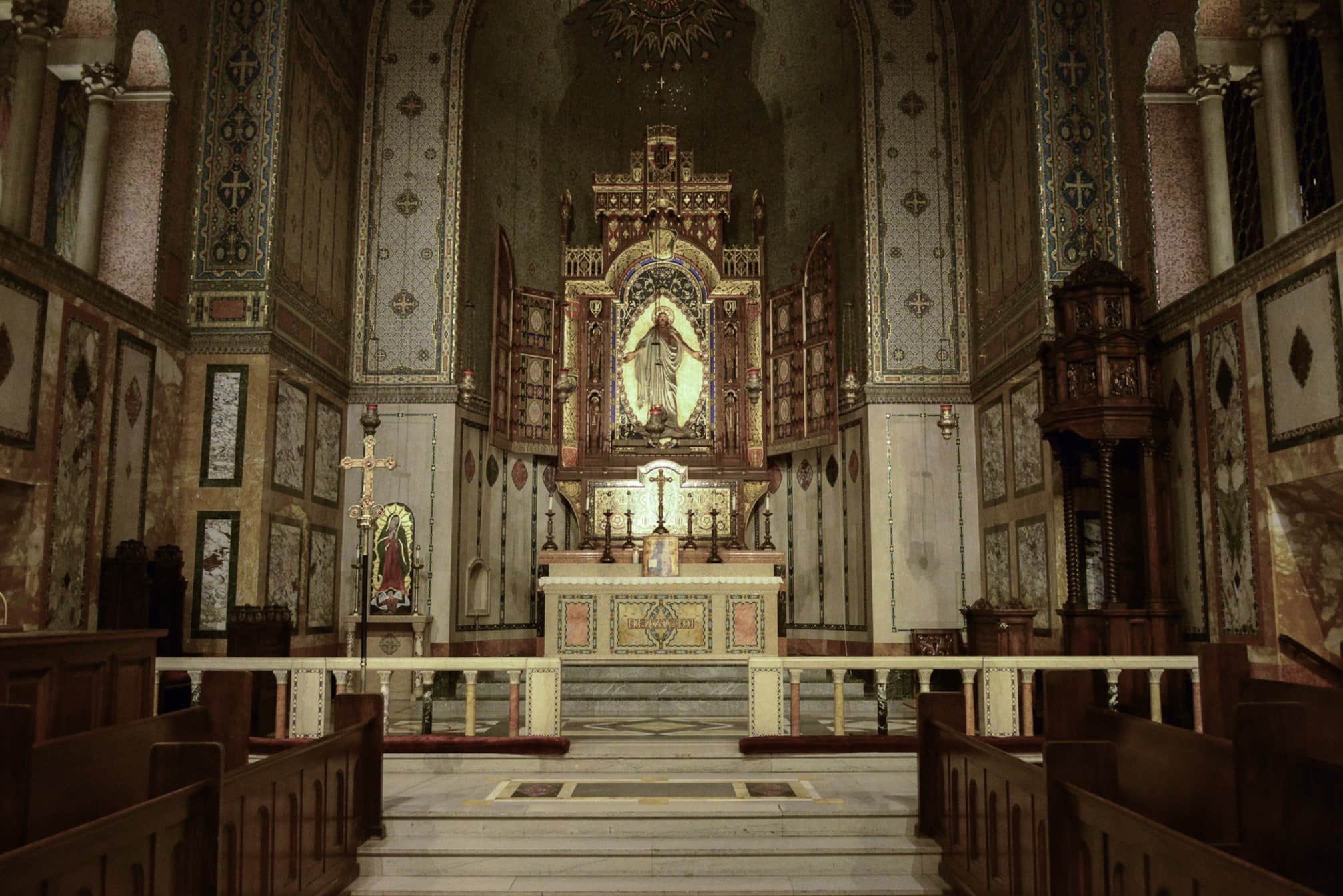
Cathedrals are not just grand buildings; they are treasure chests of history, art, and culture. Ever wondered what makes these structures so special? Cathedrals have stood the test of time, witnessing countless events and stories. From their towering spires to intricate stained glass windows, each element tells a tale. Did you know some cathedrals took centuries to build? Imagine the dedication and craftsmanship involved! Whether you’re fascinated by architecture, history, or simply love beautiful places, cathedrals offer something for everyone. Ready to learn some amazing facts about these awe-inspiring structures? Let’s dive into the world of cathedrals and uncover their secrets!
The Grandeur of Cathedrals
Cathedrals are architectural marvels that have stood the test of time. They are not just places of worship but also symbols of history, art, and culture. Here are some fascinating facts about these magnificent structures.
-
The word "cathedral" comes from the Latin word "cathedra," meaning "seat" or "chair," referring to the bishop's chair.
-
The first cathedrals were built during the Roman Empire, with the earliest known example being the Basilica of St. John Lateran in Rome.
-
Gothic cathedrals, known for their pointed arches and flying buttresses, began to appear in the 12th century. Notre-Dame de Paris is a famous example.
-
Many cathedrals took centuries to complete. For instance, the Cologne Cathedral in Germany took over 600 years to finish.
-
The tallest cathedral in the world is the Ulm Minster in Germany, with a steeple reaching 161.5 meters (530 feet).
Architectural Wonders
Cathedrals are often celebrated for their unique and intricate designs. These structures showcase the ingenuity and creativity of their builders.
-
Stained glass windows are a hallmark of many cathedrals. These windows often depict biblical scenes and saints, serving both decorative and educational purposes.
-
The Rose Window of Chartres Cathedral in France is one of the most famous stained glass windows, known for its stunning beauty and intricate design.
-
Many cathedrals feature gargoyles, which are not just decorative but also serve as water spouts to direct rainwater away from the building.
-
The floor plan of most cathedrals is cruciform, resembling the shape of a cross. This design is symbolic of the Christian faith.
-
The dome of St. Peter's Basilica in Vatican City is one of the largest in the world, with a diameter of 42 meters (138 feet).
Historical Significance
Cathedrals have played significant roles throughout history, serving as centers of religious, social, and political life.
-
The Canterbury Cathedral in England was the site of the murder of Archbishop Thomas Becket in 1170, an event that made it a major pilgrimage destination.
-
During the Middle Ages, cathedrals were often the tallest buildings in their cities, symbolizing the power and influence of the Church.
-
The Reims Cathedral in France was the traditional site for the coronation of French kings.
-
The Seville Cathedral in Spain is the largest Gothic cathedral in the world and the third-largest church overall.
-
The Sagrada Família in Barcelona, designed by Antoni Gaudí, is still under construction after more than 130 years. It is expected to be completed by 2026.
Cultural Impact
Cathedrals have not only influenced architecture but also art, literature, and popular culture.
-
Victor Hugo's novel "The Hunchback of Notre-Dame" brought widespread attention to the Notre-Dame Cathedral, leading to its restoration in the 19th century.
-
Many cathedrals house significant works of art, including sculptures, paintings, and tapestries.
-
The Westminster Abbey in London is not only a cathedral but also the site of royal weddings, coronations, and burials.
-
The Cathedral of Santa Maria del Fiore in Florence, known for its iconic dome designed by Filippo Brunelleschi, is a masterpiece of Renaissance architecture.
-
The Cologne Cathedral in Germany was one of the few buildings in the city to survive World War II bombings, making it a symbol of resilience and hope.
The Final Word on Cathedrals
Cathedrals are more than just grand buildings; they're historical treasures. From their stunning architecture to their role in history, these structures have stood the test of time. Each cathedral tells a unique story, reflecting the culture and beliefs of its era. Whether it's the soaring spires of Notre-Dame or the intricate mosaics of St. Mark's Basilica, cathedrals captivate visitors with their beauty and significance.
Visiting a cathedral offers a glimpse into the past, showcasing the artistry and craftsmanship of generations. These buildings aren't just places of worship; they're symbols of human achievement and resilience. Next time you step into a cathedral, take a moment to appreciate the history and effort that went into creating such a masterpiece. Cathedrals remind us of our shared heritage and the enduring power of faith and community.
Was this page helpful?
Our commitment to delivering trustworthy and engaging content is at the heart of what we do. Each fact on our site is contributed by real users like you, bringing a wealth of diverse insights and information. To ensure the highest standards of accuracy and reliability, our dedicated editors meticulously review each submission. This process guarantees that the facts we share are not only fascinating but also credible. Trust in our commitment to quality and authenticity as you explore and learn with us.


